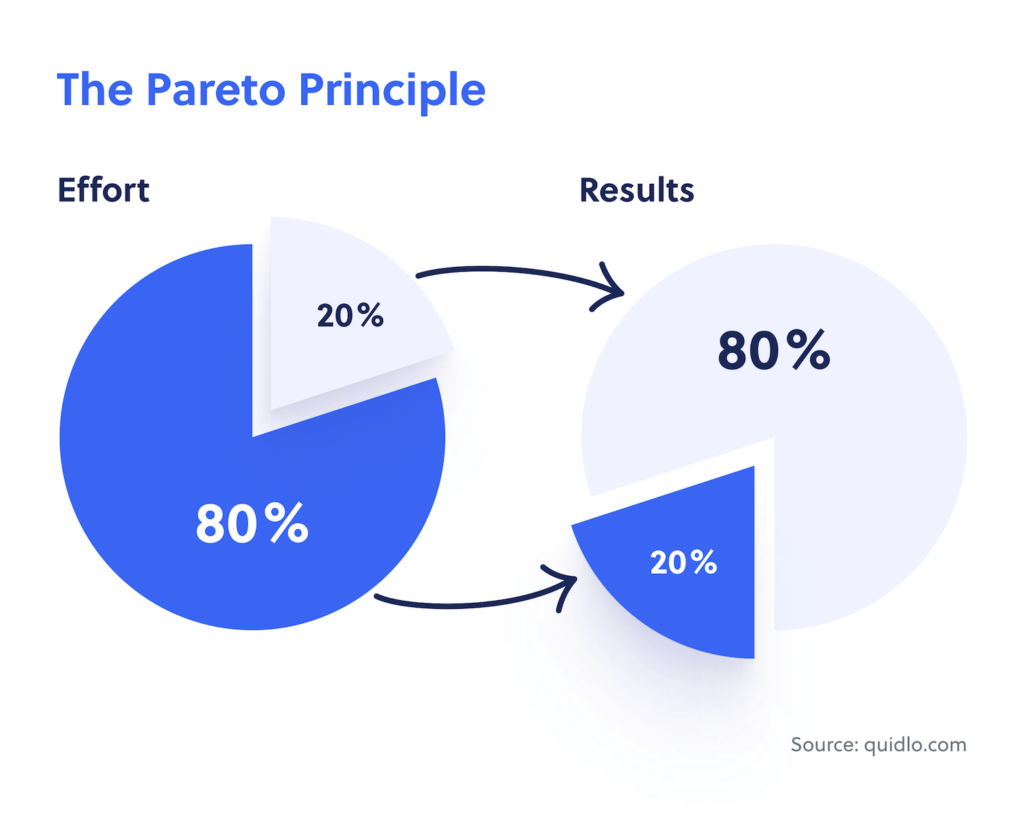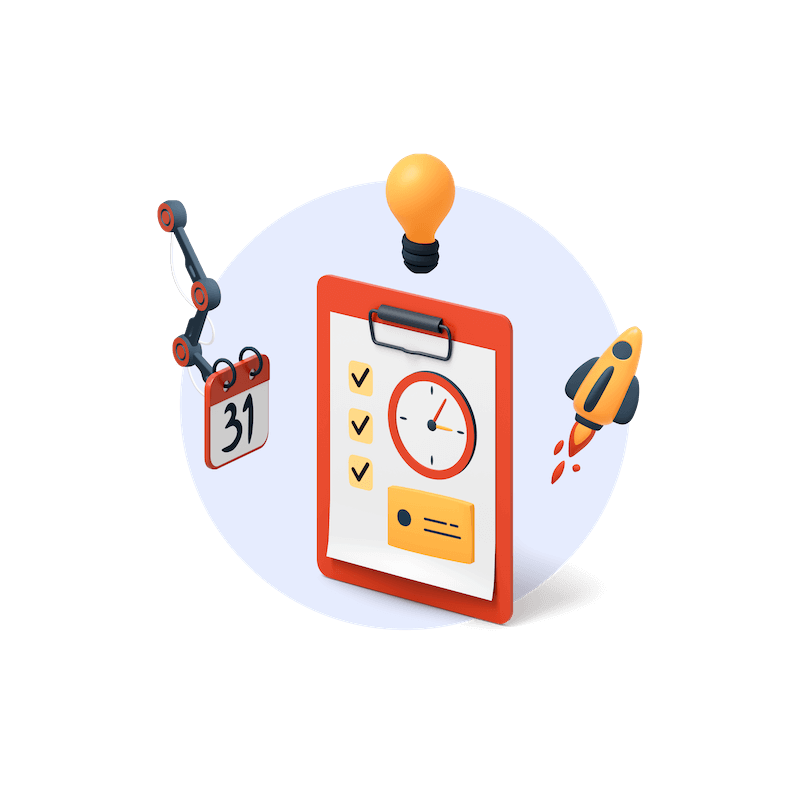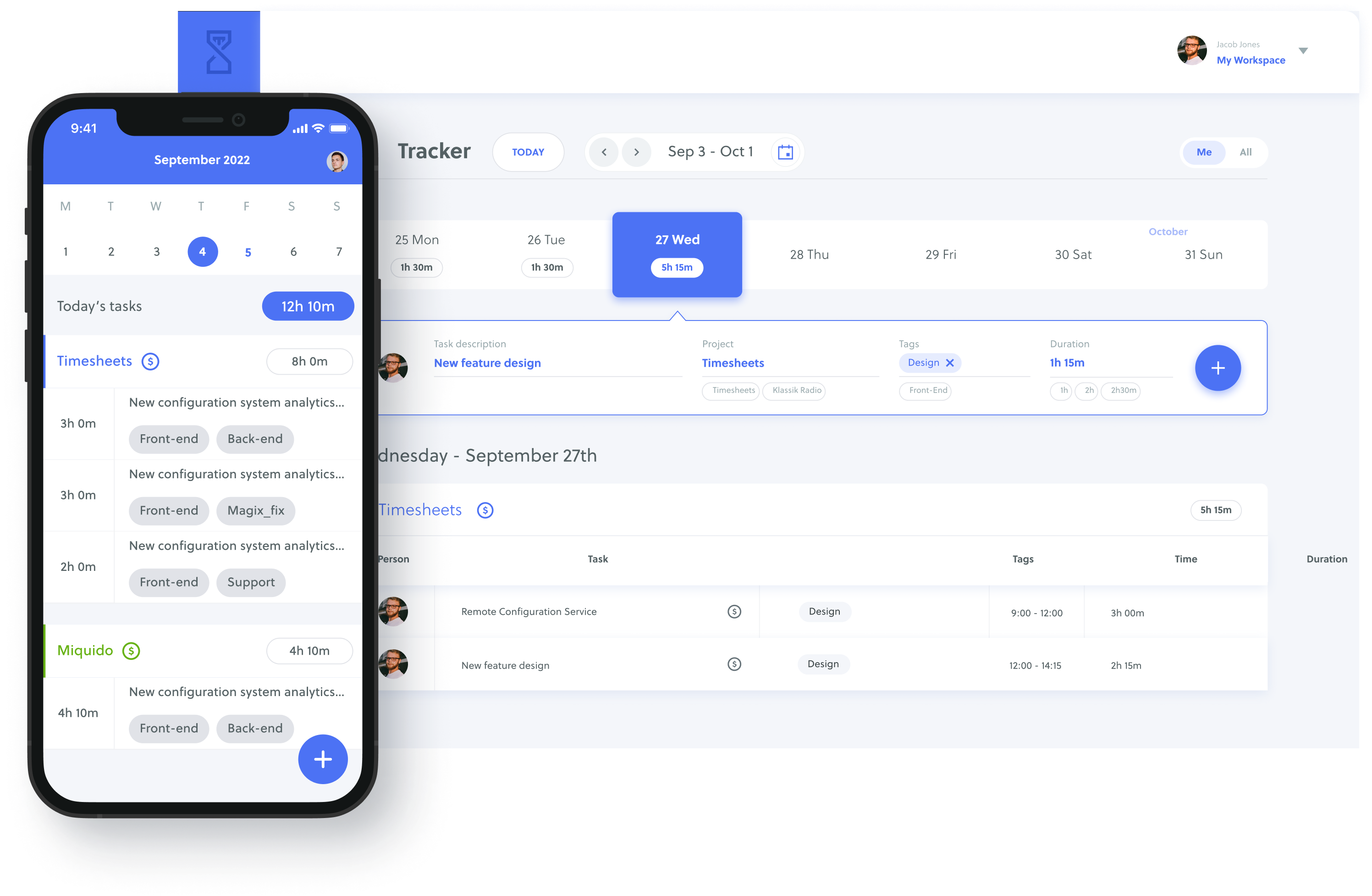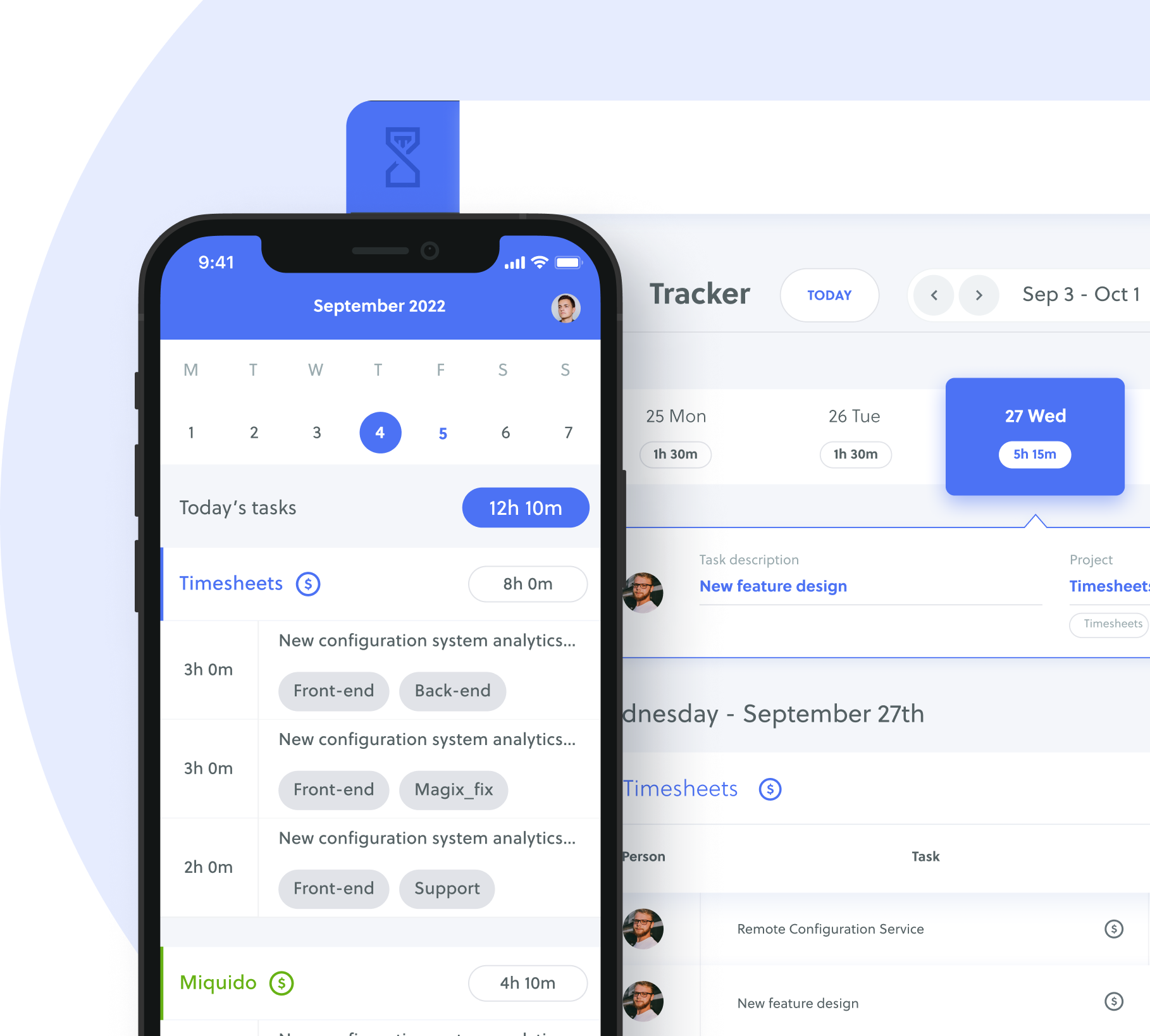We all wish we had more time. Time to do the things we love, time to relax and recharge, time to spend with family and friends. But the truth is, time is a precious commodity and we have to use it wisely if we want to get the most out of life.
The good news is that by making a few simple changes in the way we use our time, we can dramatically increase our productivity and improve our overall quality of life. At Quidlo, we’re going to share seven time allocation techniques that will help you make the most of your time.
Ready? Let’s make your day more productive.
Table of Contents
Why should you allocate time?
There are 24 hours in a day. But depending on how you spend those hours, they can feel like they’re flying by or dragging on forever. A strong work allocation system is a way of taking control of your time so that you can use it more effectively – it’s about being deliberate and creating a schedule that works for you.
When you allocate time, you can:
- Prioritize your time and know what’s important to you
- Get more done in less time (due to the phenomenon known as Parkinson’s law)
- Reduce stress and anxiety around time management
- Create a better work/life balance
- Keep up professional standards when it comes to work-related timelines
1. Implement a time-tracking system
If you want to distribute your time efficiently, you need to know where your time is going. And the best way to do that in the modern era is to track your time with a timesheet app.
👉 Related: 9 Benefits of Time Tracking
With time allocation software like Quidlo, you can see exactly how much time you’re spending on each task, so you can identify time-wasting activities and make adjustments accordingly.
Here are some nifty features that make time allocation planning a walk in the park:
- Push-button time tracker – Simply click a button to start logging the time it takes to complete tasks. You can custom-label any project, add notes, and attach tags to organize and filter your tasks. This way, you gain a general idea of how long activities actually take, so you can make more accurate time estimates in the future.
- Get an overview of your time spent – Quidlo gives you custom reports on overall time spent on tasks (by different colleagues too) that you can share across your team. Using it, you can visualize your company’s overall time allocation at a glance, investigate bottlenecks, and action time-saving opportunities.
- Stay on top of project timelines – You can keep track of your team’s (and your) progress on projects to gauge whether time estimates were accurate and if everyone’s being as productive as they can be. If a project is falling behind, you can quickly identify why and take steps to get it back on track. This can also help you set important buffer periods for large-scale projects.
👉 New to time-tracking? 5 Tips on How to Introduce Time Tracking Solution to Your Team.
All right, now let’s look at identifying your priorities and scheduling your work.
2. Know your priorities – The Eisenhower Matrix
The Eisenhower Matrix is a time management technique that helps you distinguish between urgent and important tasks. It’s named after former US President Dwight D. Eisenhower, who was known for his effective time management skills.

Here’s how it works. You divide your tasks into four quadrants:
- Urgent and important (tasks that need to be done right away)
- Important, but not urgent (tasks that are important, but can wait)
- Urgent, but not important (tasks that are time-sensitive, but not crucial to your goals)
- Not urgent and not important (tasks that can be safely deleted from your to-do list)
By categorizing your tasks in this way, you can better prioritize your time and energy. You should aim to spend most of your time on tasks in the first quadrant and very little time on tasks in the fourth quadrant.
3. Time Blocking: Understand when you’re most productive
Time blocking involves setting aside specific blocks of time (when you’re most productive) for specific tasks. For example, you might block out two hours every Monday morning to work on a project that’s due at the end of the week.
A Udemy report actually found that 3 out of 4 workers (70%) admit to feeling distracted at work because of so many things going on at once. That’s why time blocking is an effective way to increase productivity because it helps you focus on one task at a time. When you know you have a set amount of time to complete a task, you’re less likely to get distracted or side-tracked.
Plus, time blocking can help you make better use of your time by batching similar tasks together. For example, if you need to make a bunch of phone calls, it makes sense to do them all at once rather than spreading them out throughout the day.
To make time-blocking work for you, it’s important to be realistic about how much time you need to complete each task (again, this can be made easy with a time-tracking app). It’s also important to build in some flexibility into your schedule so that you can accommodate unexpected tasks or delays.
4. Avoid burn out with The Pomodoro Technique
The Pomodoro Technique is based on the idea that if you break down work and allocate work time into manageable chunks, it’s easier to stay focused and avoid burnout.
Here’s how it works:
- You choose a task to work on.
- Set a timer for 25 minutes (or really, whatever works for you) and start working (check out: the best pomodoro apps).
- Once the timer goes off, take a five-minute break (or again, whatever works for you).
- Repeat this process four times (known as a “Pomodoro”), then take a longer break (15-20 minutes) before starting another Pomodoro.
The key to making this technique work is to be strict with yourself. Once the timer goes off, you need to stop working and take a break, even if you’re in the middle of something. This will help train your brain to focus for short periods of time and avoid burnout.
5. Ask: What’s moving the needle? (The Pareto Rule – AKA, the 80/20 Rule)
Ever heard of the saying, 80% of your results come from 20% of your effort?
In other words, most of your results are coming from a small portion of your work. This means that you need to focus on the tasks that are actually going to move the needle, rather than getting caught up in busy work.
To apply the Pareto Rule to time management, start by making a list of all the tasks you need to do. Then, prioritize those tasks by their importance and estimated time commitment. Once you have your list, start with the task that will have the biggest impact and work your way down.

Keep in mind that the Pareto Rule is meant to be a guideline, not a hard-and-fast rule. In some cases, it might make sense to do a less important task first if it’s time-sensitive or there’s a chance it might not get done at all.
While the Eisenhower matrix helps you prioritize your time in general, while the Pareto Rule helps you prioritize your time for a specific goal.
6. Face your hardest tasks head-on (The ‘eat the frog’ technique)
The “eat the frog” technique is all about getting your most important (and usually least desirable) tasks out of the way first thing in the morning.
The thinking behind it is that if you start your day by tackling your hardest tasks, the rest of the day will be a breeze in comparison. And, even better, you’ll have the satisfaction of knowing that you’ve already accomplished your most important goals for the day.
To “eat the frog,” start by making a list of all the tasks you need to do today, then prioritize them in order of importance. Then, start with the most important task and work on it until it’s done before moving on to the next task on your list.
Of course, this technique only works if you’re actually able to stick to it and resist the temptation to procrastinate. If you find that you’re struggling, try setting a timer for yourself and working on the task for a set amount of time (say, 25 minutes) before taking a five-minute break.
7. Say no to time-sucks (but say yes sometimes)
There are always going to be time-sinks in your life – whether it’s checking social media, reading the news, or watching TV. And while there’s nothing wrong with taking a break from time to time, it’s important to be mindful of how much time you’re actually spending on these activities.
A good rule of thumb is the 50/10 rule: for every 50 minutes you spend working, take 10 minutes to do something that’s not work-related. This will help you stay focused and productive while still giving yourself time to relax. .
So, if you find that you’re spending more time than you’d like on time-sinks, try setting a limit for yourself. For example, you might allow yourself to check social media for 15 minutes in the morning and 15 minutes in the evening.
Once you’ve reached your time limit, close out of all your apps and focus on something else.
Famous people who allocate time (+ what you can learn from them)
- Elon Musk’s 5-minute rule: This is the billionaire entrepreneur’s twist on time blocking – Musk plans his day out in five-minute increments or ‘time blocks,’ and each block is assigned to a specific task or activity. For example, he would respond to overdue emails, eat meals, or hold work meetings using this time-blocking method.
- Warren Buffett’s 2-list strategy: The world-famous investor and CEO of Berkshire Hathaway has a time-management technique that he’s been using for decades. He starts each day by making a list of the most important tasks he needs to do, then he makes a second list of things that he’d like to do if he had the time. He then focuses on the tasks from the first list and only moves on to the second list only if he’s completed everything on the first.
- Daymond John’s two birds with one stone lifestyle: The famous shark tank investor says he loves to maximize his time whenever he can – if that means doing emails on the plane (instead of the office), he does. If that means recording a podcast while on a walk, he does. John says that time is the most precious commodity anyone has, and it should be used wisely.
- Jack Groetzinger’s efficiency game against himself: The co-founder of SeatGeek, one of the biggest ticket search engines in the world, has an estimated number of minutes for all tasks. He uses a software to record when he begins and ends each item. Every day, he challenges himself to get the job done before earlier than his estimates – and he actually does the math (number of actual minutes divided by expected minutes) to gauge his true work efficiency.
Time Allocation in Business
Time allocation in a business context is important for a few reasons.
- It allows businesses to focus on their most important tasks and priorities. By allocating time to specific tasks, businesses can ensure that they are making the most of their time and resources.
- Second, time allocation can help businesses measure their efficiency and productivity. By tracking the time spent on various tasks, businesses can identify bottlenecks, see which activities are more or less productive, and make changes as needed.t
How to boost efficiency of time allocation
OK, now that we went through all ways you can start allocating time and prioritizing tasks, it’s time to fine-tune our time management skills by learning how to minimize distractions. Here are some tips:
- This will help you keep track of deadlines, appointments, and other important dates. For example, you can use Quidlo to assign user roles and tasks on a project basis so you know who’s working on what and how things are progressing.
- Set time limits for yourself: As we mentioned before, time limits can help you stay focused and avoid time-sinks.
- Beat procrastination: Procrastination is the enemy of time management. If you find yourself putting off tasks, try using the Pomodoro technique, setting deadlines, or breaking down tasks into smaller steps.
- Eliminate attention-grabbers: This might mean turning off your phone, closing out of social media apps (or using a smart newsfeed blocker), or working in a quiet environment.
- Take breaks: The fact is you need breaks. Your brain gets distracted when it’s tired, so it’s important to take time to rest so you can re-energize and refocus. But be sure to keep them short (5-10 minutes) and productive (use this time to stretch, get a drink of water, or take a quick walk).
Make Quidlo your partner in time. Allot smarter.
When it comes to time management, there is no one-size-fits-all solution. The best way to manage your time is to find what works best for you and stick with it. And with Quidlo, you can do just that.
Quidlo is a timesheet app that allows businesses to track, manage, and optimize their time. See how everyone’s allocating their time, identify time-sinks, and make changes to become more productive.
So whatcha waiting for? Allocate a minute to start your FREE 30-day trial today (no credit card required).







